Travis Vader CAse
Vader Strikes Back– A review of the Travis Vader decision.
The Travis Vader decision[1] has captured the interest of Albertans. Apparently as the decision was being broadcast live, a novelty in Canadian trial law, commentators were contemporaneously questioning the correctness of the trial judge’s decision on social media.
I have decided to review the case for myself and offer some insight.
The case itself is long. It is full of dense factual findings. I have included a summary of the judges overall findings:
…. While I have concluded that a firearm was used during the interaction between Mr. Vader and the McCanns, and that firearm caused the hole in the Boag’s hat, I cannot establish who fired the gun or at whom, and the blood drop and spatter pattern on the Boag’s hat does not suggest the bullet that passed through the hat and caused an injury to someone wearing that hat. The blood, largely from Lyle McCann, is on the top of the hat.
My conclusion on that point, however, does not affect my conclusion that violence occurred in the interaction between the McCanns and Mr. Vader. There was bloodshed. A gun was discharged. While I cannot reconstruct the exact detail of what occurred, I also have no doubt about the overarching relevant fact – the McCanns were victims of violence. Mr. Vader inflicted that violence. The McCanns suffered bodily harm. The presence of their blood makes that obvious.[2]
Linking the facts I have found there is no question that Mr. Vader committed homicide. The McCanns are dead. They were the subjects of violence that caused bloodshed. Mr. Vader’s biological material is mixed with blood from Lyle McCann. Mr. Vader’s motivation to interact with the McCanns was theft. Forensic and witness evidence links Mr. Vader to the McCanns’ property.
Mr. Vader caused what happened to the McCanns. The Crown’s evidence and the inferences I have drawn from that evidence do not permit a detailed reconstruction of the circumstances that led to the McCanns’ death, and how Mr. Vader caused those deaths. However, I conclude beyond a reasonable doubt that Mr. Vader, in one manner or another, caused the death of the Lyle and Marie McCann. My next step is to determine the legal implications of that fact.[3]
What the learned trial judge does next is conclude that the McCanns death was caused during the commission of a theft by Vader on the McCanns. The trial judge relies on section s. 230 of the Criminal Code (outdated section) which states that you are guilty of murder when a person dies in the course of committing a robbery.[4]
I have concluded beyond a reasonable doubt that Mr. Vader intended to and did steal property from the McCanns. I have also concluded beyond a reasonable doubt that the McCanns experienced bodily harm, as is demonstrated by the forensic blood evidence. The McCanns are dead, and the only reasonable inference I can draw is the bloodshed evidence indicates the McCanns were killed by Mr. Vader’s actions.[5]
The legal problem in this case is as follows:
In Canada a murder is committed when you intended to cause death or grievous bodily harm knowing death is likely.
The learned trial judge did not find that Vader meant to cause death or meant to cause bodily harm — just that he did cause it.
In one portion his judgment he says:
The problem is there are other reasonable possibilities that can take us from a robbery gone bad to two dead senior citizens. The most obvious is that Mr. Vader encountered the two McCanns together while trying to commit a robbery, the McCanns both physically resisted Mr. Vader, that fight escalated, and in that struggle both McCanns were fatally injured.[6]
So if Vader didn’t deliberately kill the McCanns or inflict bodily harm on them knowing death was likely then where does the case go?
Some Crown prosecutors I have spoken to suggest that Vader could still be convicted of manslaughter, which is an unlawful act that causes death. They suggest that the learned trial judge made good findings of fact that should not be disturbed.
If a court, I suspect this case will go to the Alberta Court of Appeal, was going to determine that manslaughter was committed they will have to make a finding of fact that the learned trial judge hasn’t made. How did Mr. Vader kill the McCann’s and was it unlawful violence?
The unfolding of the remainder of this case is going to be interesting … stay tuned!
[1] http://www.canlii.org/en/ab/abqb/doc/2016/2016abqb505/2016abqb505.html?resultIndex=5
[2] Paras 674 and 675
[3] 676 and 677
[4] A robbery is theft with violence.
[5] Para 688
[6] Para 686



